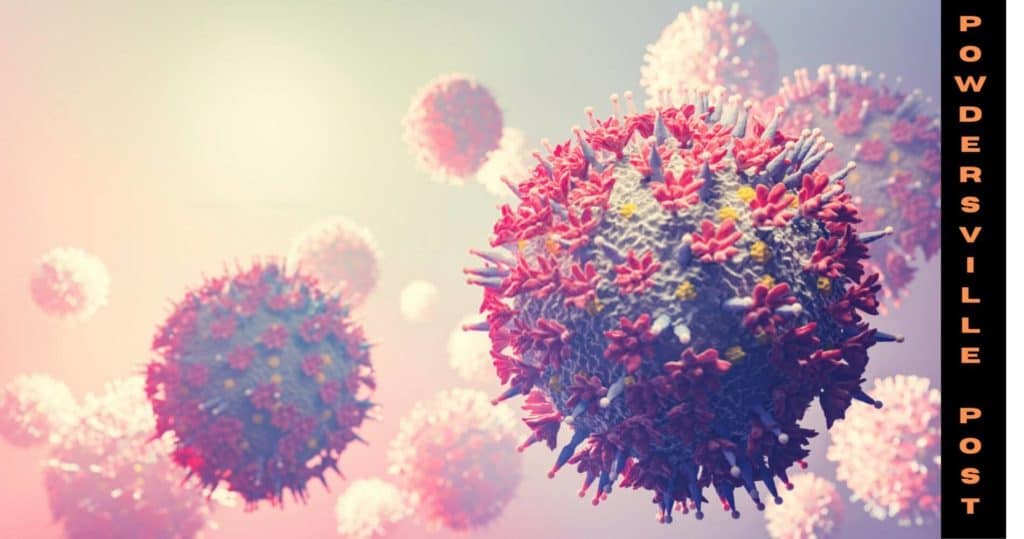Updated COVID Prevention Guidance In K-12 Schools
Nikki Attkisson | Last Updated : January 8, 2022This article elaborates on the updated COVID-19 prevention guidance for school administrators in the US. It summarizes the strategies in K-12 schools to reduce the spread of COVID-19 and maintain safe operations all over the nation.
Updated COVID Prevention Guidance In K-12 Schools
In 2020, K-12 schools and numerous early care and education(ECE) in the United States were closed for in-person education. It acted as a strategy to slow down the spread of SARS-CoV-2 that causes COVID-19a. In-person schooling during the pandemic can create a negative impact on learning students. It can affect the mental and emotional well-being of both parents and children.

Major takeaway points in the covid-19 prevention guidance:
- New CDC guidance has reduced the suggested isolation time and quarantine periods to five days.
- Essential layers for COVID-19 prevention- handwashing, staying home when ill and getting tested, contact tracing in combination with quarantine and isolation, and disinfection.
- This guidance highlights executing layered prevention methods to protect students, teachers, visitors, and other people in their families from Covid-19 and support in-person education.
- Localities should observe vaccination coverage, screening testing, community transmission, and occurrence of outbreaks.
- A person has to stay home when they have symptoms of any infectious illness. Then, they must refer to their healthcare provider for testing and supervision.
- Regardless of the vaccination status, CDC recommends K-12 schools for universal indoor masking by all students above 2-years and more, teachers, and visitors.
- CDC suggests K-12 school administration maintain at least 3-feet of social distance between students even inside classrooms and universal indoor masking to reduce transmission risk. On the contrary, it is necessary to layer multiple prevention techniques like screening testing.
- Promoting vaccination in schools returns to bring back in-person education and other extracurricular activities like sports. Vaccination is the ultimate public health prevention method to end the COVID-19 spread.
Prevention Strategies for Safe In-Person Learning in K-12 Schools:
The early stage of education happens in schools and colleges where the students develop social and emotional development. They provide access to critical services and improve life outcomes for students. COVID-19 outbreaks in school environments have shown that schools equipped with multiple prevention strategies have lower transmission levels. CDC briefs that the SARS-CoV-2 transmission in Early Care and Education Programs and K-12 schools summarizes the proof on COVID-19 among children and adolescents.
Schools should convey their strategies and plans to teachers, fellow staff, families, and students. They should use accessible materials and communication networks at a level every one of them can understand.
Prevention techniques to reduce transmission of SARS-CoV-2 in K-12 schools:
As schools have both fully vaccinated and non-vaccinated people, the K-12 administrators made decisions about the use of COVID-19 prevention strategies in their schools. So, CDC recommends universal indoor masking regardless of vaccination status.
The local public health officers and school administrators should consider multiple factors to make decisions about the implementation of layered prevention strategies against COVID-19. The primary aspects include COVID-19 vaccination coverage in the residents and also among students, teachers, and staff
The strain on health system capacity within the community
Providing accessibility of SARS-CoV-2 testing resources for students, teachers, and staff
Promoting SARS-CoV-2 screening test programs for students, professors, and others provides a crucial layer of virus spread prevention. It involves special attention to the areas with substantial to high transmission levels.
Regulations for preventing COVID-19 outbreak
- Promoting vaccination for all eligible persons
- Using mask consistently both inside and outside the campus
- Physical distancing for at least 3-feet
- Screening testing to identify cases
- Having proper ventilation in classrooms
- Regular handwashing and respiratory manners
- Staying home when ill and getting tested immediately
- Cleaning and disinfection at regular intervals
Parents, guardians should be asked to report new diagnoses of COVID-19 to schools and public health authorities. In addition, school authorities should inform teachers, staff, and families immediately in case of any COVID-19 spread. Notices must be available for all parents, students, teachers, staff, people with disabilities, and little English proficiency.
With over 15 years as a practicing journalist, Nikki Attkisson found herself at Powdersville Post now after working at several other publications. She is an award-winning journalist with an entrepreneurial spirit and worked as a journalist covering technology, innovation, environmental issues, politics, health etc. Nikki Attkisson has also worked on product development, content strategy, and editorial management for numerous media companies. She began her career at local news stations and worked as a reporter in national newspapers.
